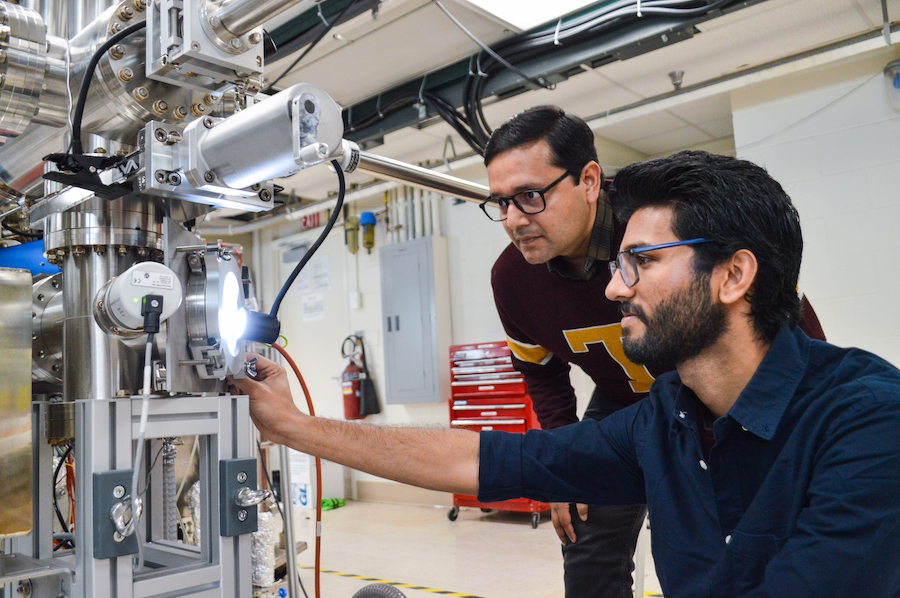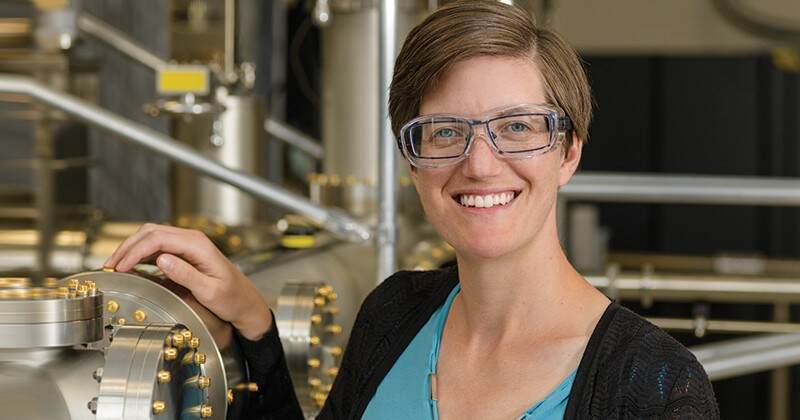Scientists have achieved a series of milestones in growing a high-quality thin film conductor, suggesting in a new study that the material is a promising candidate platform for future wearable electronics and other miniature applications.
Tag: molecular beam epitaxy

Stretching metals at the atomic level allows researchers to create important materials for quantum, electronic, and spintronic applications
A University of Minnesota Twin Cities-led team has developed a first-of-its-kind breakthrough method that makes it easier to create high-quality metal oxide films that are important for various next generation applications such as quantum computing and microelectronics.

YOUNG INVESTIGATOR AWARD
The University of Delaware’s Stephanie Law is being recognized as a leading expert in molecular beam epitaxy, a technique used to make promising, novel materials precisely designed for use in many applications, such as ultra-sensitive gas sensing or new qubits for quantum computing. Law received the Young Investigator Award from the 21st International Conference on Molecular Beam Epitaxy 2020.